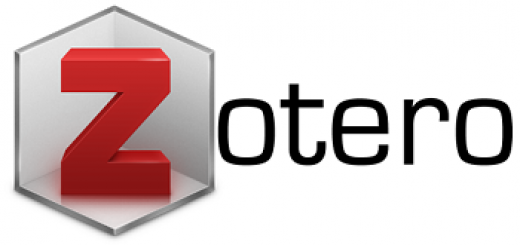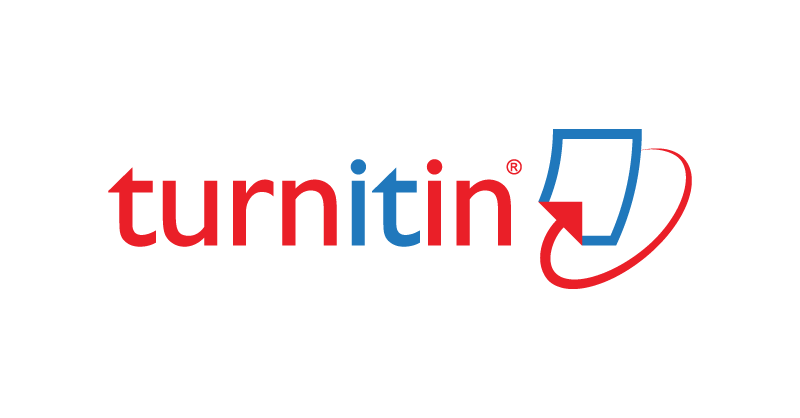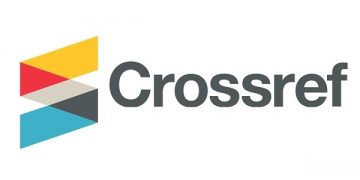Home >
IMPLEMENTATION OF THINK TALK WRITE (TTW) LEARNING MODEL TO IMPROVE STUDENT LEARNING OUTCOMES IN LEARNING GEOGRAPHY CLASS XI IPS 2 MA ALKHAIRAAT TONDO >
Reader Comments >
Betonred: A Comprehensive Look at a Complex...
User
Information














Betonred: A Comprehensive Look at a Complex Group of Plant Pigments
by Antony Delaney (2025-05-27)
| Post Reply
Penetrating sealers, like silanes and siloxanes, soak into the concrete pores, making it water-repellent without significantly altering the surface appearance. Sealers can be penetrating or film-forming. Sealers/Protective Coatings: These are topical treatments applied after the hardening/densifying and coloring stages (or as a combined product) to further protect the concrete from staining, water penetration, and chemical attack. Film-forming sealers, like acrylics or epoxies, create a protective layer on the surface, offering enhanced stain resistance and sometimes a glossy finish.Cost: Betonred is typically more expensive than traditional grey concrete due to the added cost of the pigments. However, the aesthetic benefits and potential long-term value often outweigh the higher initial cost.
Broad-Spectrum Activity: Betonred has shown activity against a wide range of cancer cell lines, including breast cancer, lung cancer, colon cancer, leukemia, and melanoma. This broad-spectrum activity is particularly promising, suggesting that Betonred may be effective against multiple cancer types.
Selective Cytotoxicity: While toxic to cancer cells, Betonred appears to be relatively less toxic to normal cells at therapeutic concentrations. This suggests that Betonred could be used in combination therapies to improve treatment outcomes. These studies have used xenograft models, where human cancer cells are implanted into immunocompromised mice.
Synergistic Effects: Betonred has been shown to exhibit synergistic effects when combined with other chemotherapeutic agents, meaning that the combined effect is greater than the sum of the individual effects. This selectivity is crucial for minimizing side effects in patients.
Tumor Regression in Animal Models: In animal models of cancer, Betonred has been shown to significantly reduce tumor size and inhibit metastasis.
Stamped concrete, which mimics the look of brick, stone, or other materials, is often made with Betonred.
Architectural Features: Betonred can be used to create custom architectural features such as benches, planters, sculptures, and water features.
Structural Elements: Betonred can be used in structural elements such as columns, beams, and retaining walls, providing both structural integrity and aesthetic appeal. Polished concrete floors, in particular, are a popular choice for residential, commercial, and industrial settings.
Walls and Facades: Betonred can be used to create visually striking walls and facades for buildings. Flooring: Both interior and exterior flooring can benefit from the aesthetic appeal and durability of Betonred. Precast panels made of Betonred offer a cost-effective way to achieve a high-end look.
Paving and Hardscaping: Driveways, patios, sidewalks, and other hardscaping elements can be enhanced with the color and texture of Betonred.
Betonred is not a single, well-defined chemical compound, but rather a descriptive term used in the concrete industry to refer to a family of reddish or pinkish discolorations that can appear on the surface of concrete. These discolorations are primarily caused by the formation and deposition of hydrated iron oxides, also known as rust, and other iron-containing compounds. While often considered an aesthetic defect, understanding the underlying causes of betonred is crucial for preventing its occurrence and ensuring the longevity and durability of concrete structures.
Betonred, often referred to by its generic term "pigmented concrete," represents a fascinating intersection of artistry and engineering within the construction industry. This article delves into the intricacies of Betonred, exploring its composition, key properties, and diverse range of applications. It's not simply concrete with added color; it's a carefully formulated material offering a wide spectrum of aesthetic possibilities while retaining the fundamental structural integrity of conventional concrete.
The color is integrated throughout the material, eliminating the need for periodic repainting.
Versatility: Betonred can be used in a wide variety of applications, from structural elements to decorative features.
Sustainability: Concrete, in general, has a relatively high carbon footprint. The integral coloring ensures that the color remains consistent even with surface wear.
Low Maintenance: Compared to painted concrete, Betonred requires significantly less maintenance. Aesthetics: The primary advantage of Betonred is its aesthetic appeal. It offers a wide range of colors and textures, allowing for creative design possibilities.
Durability: When properly formulated and installed, Betonred is highly durable and resistant to weathering, abrasion, and chemical attack. Pigments themselves can also be manufactured using sustainable processes.
Cost-Effectiveness: While the initial cost of Betonred may be higher than that of regular concrete, its long-term durability and low maintenance requirements can make it a cost-effective option in the long run. However, Betonred can incorporate recycled aggregates and supplementary cementitious materials (SCMs) like fly ash or slag to reduce its environmental impact.
Add comment